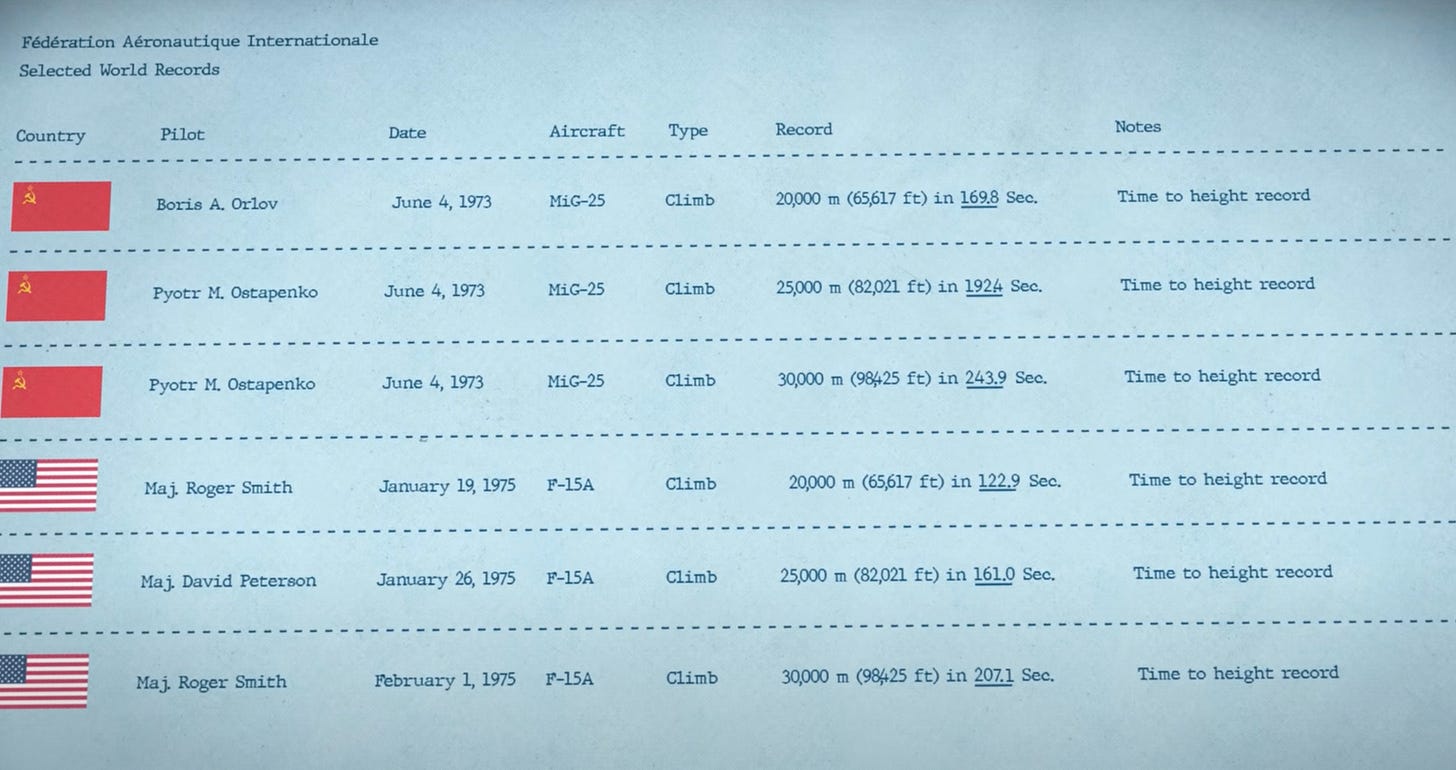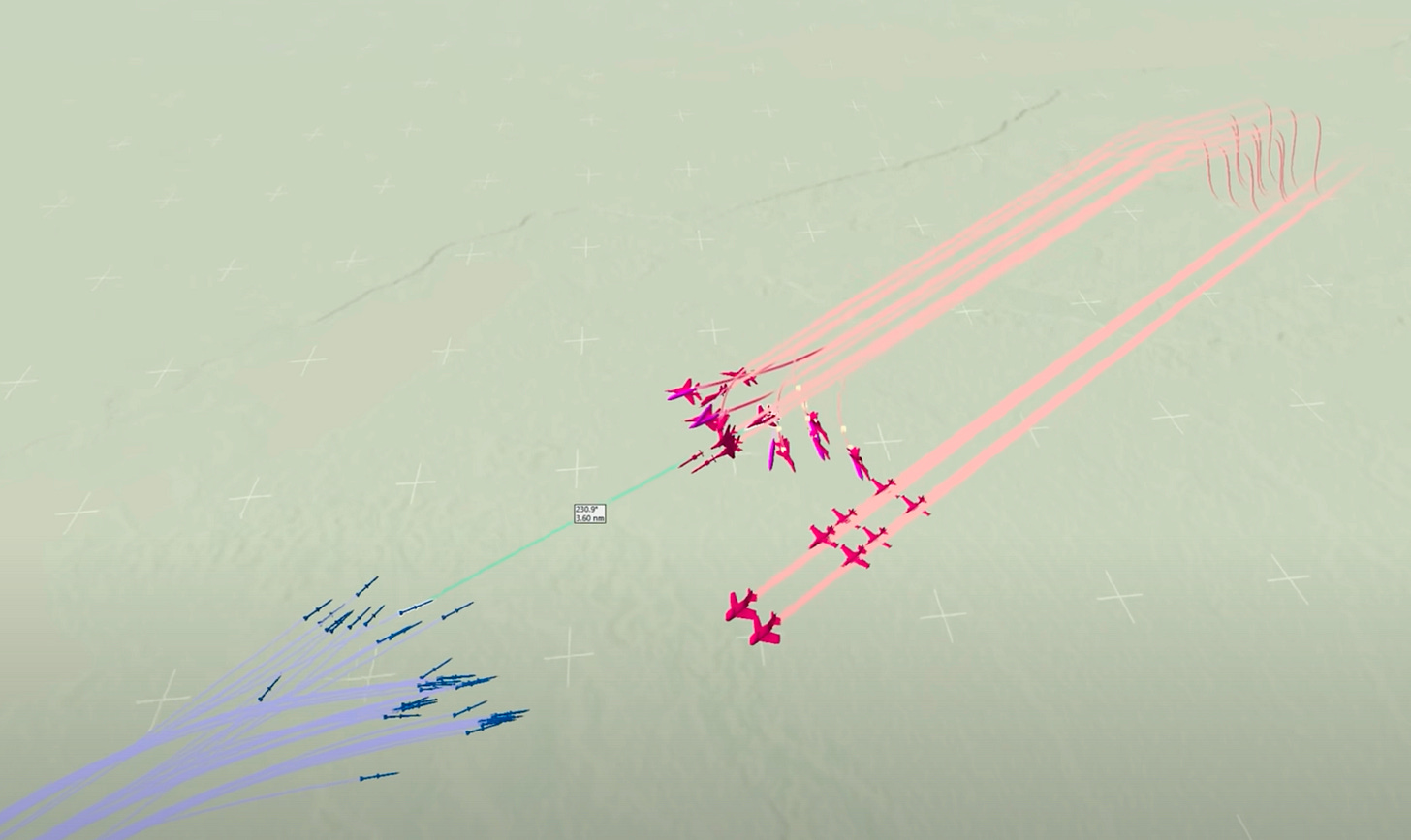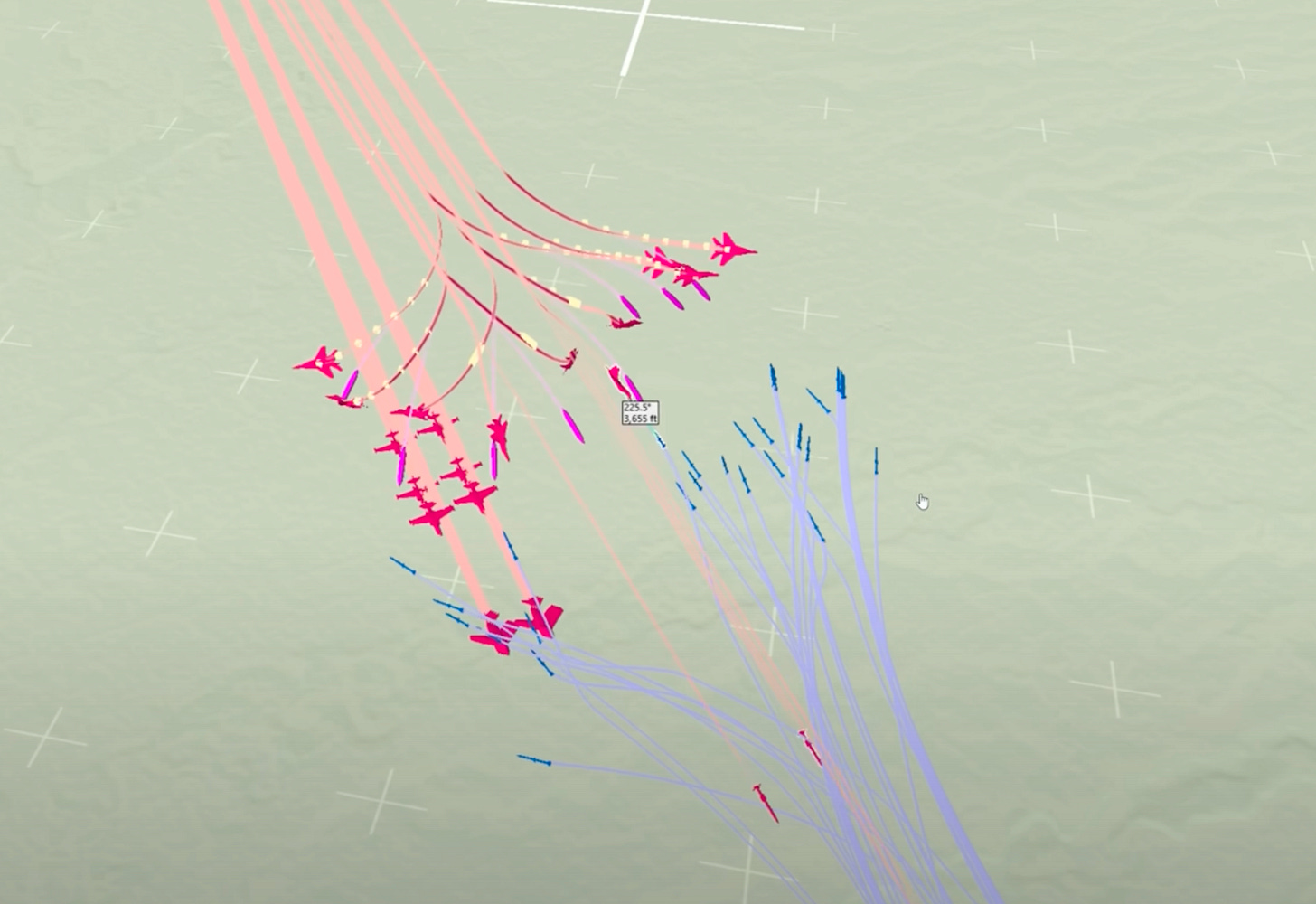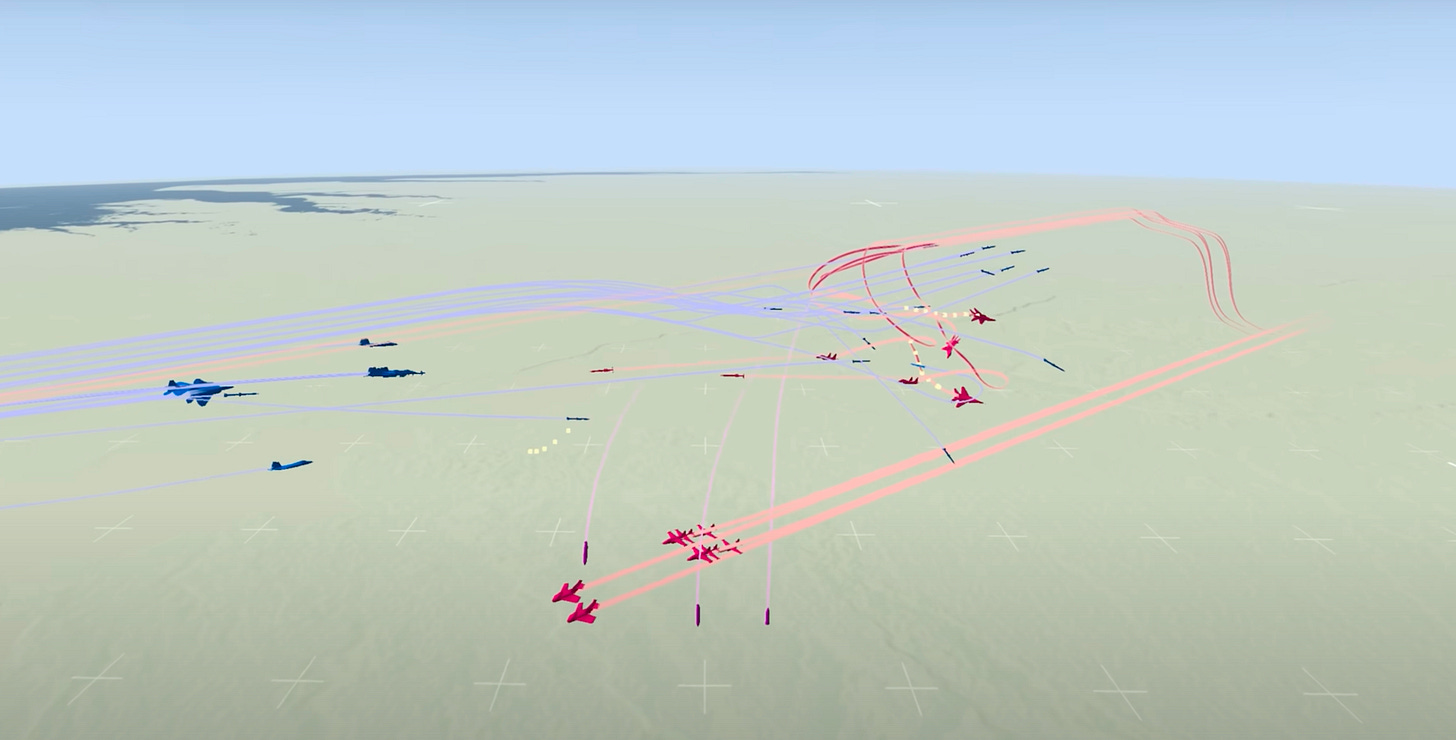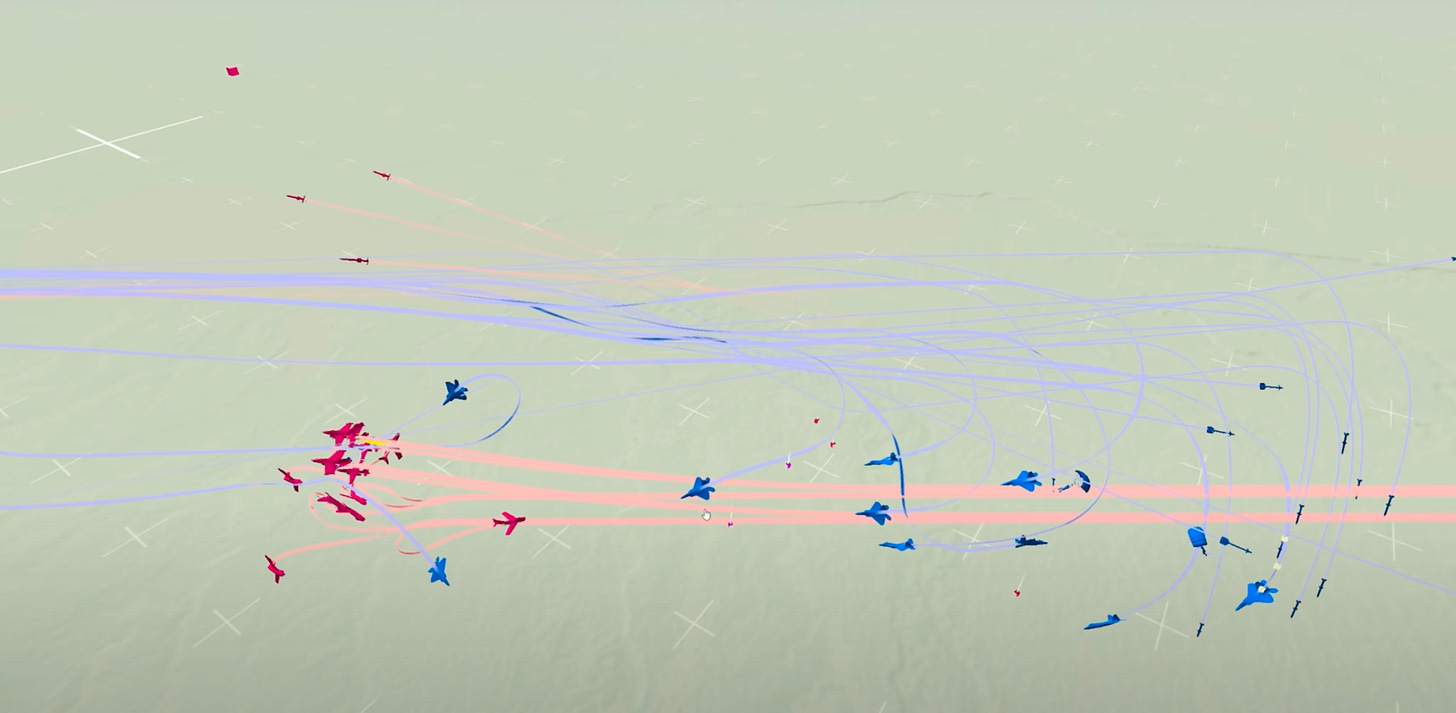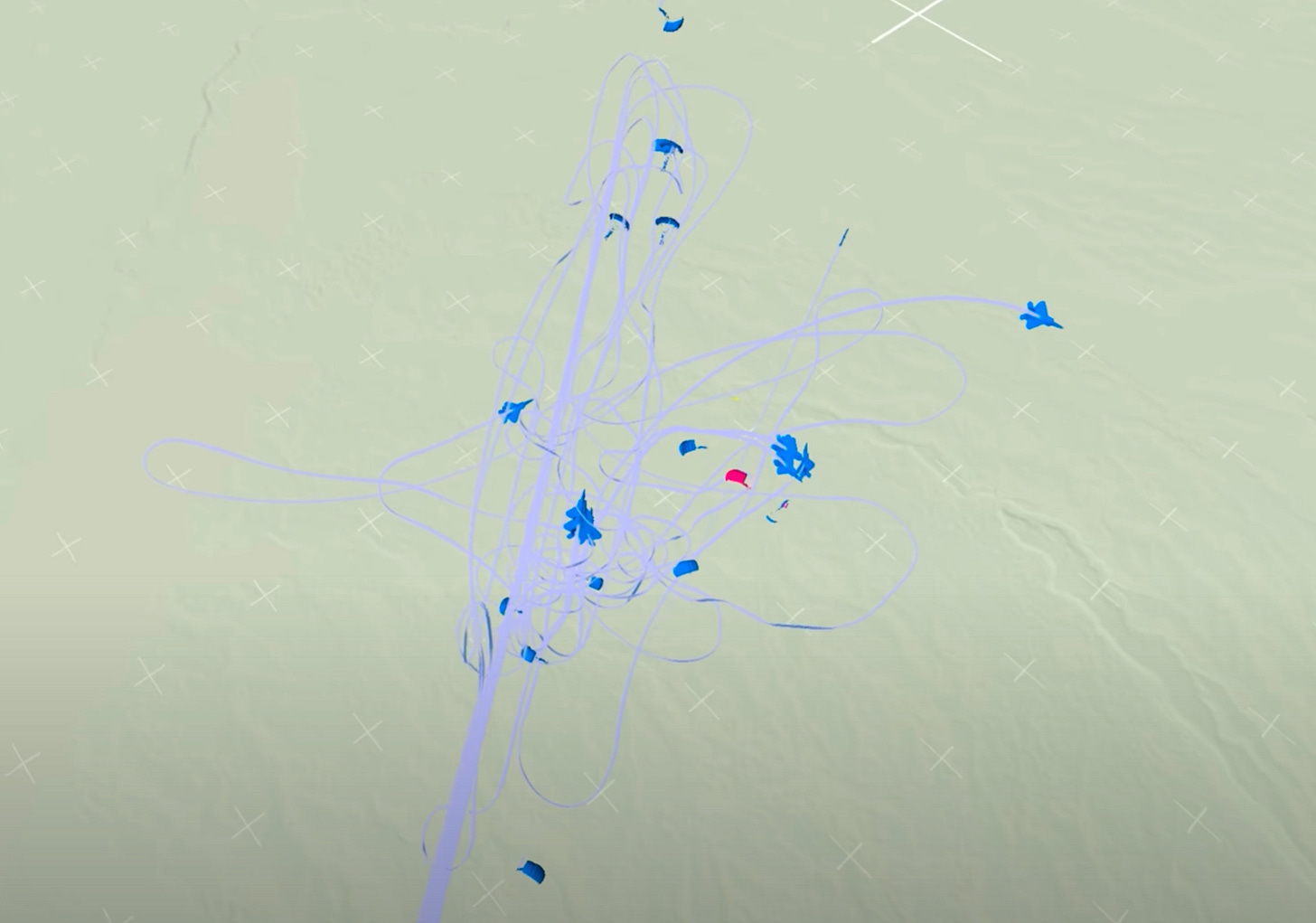The F-22 Doctrine: Why Tempo Erases Numbers
Imagine an air battle: ten F-22 Raptors facing down hundreds of North Korea’s MiG-29s. On paper, the numbers look absurd. MiGs are numerous.
Raptors are scarce.
But the outcome isn’t even close.
Because in combat — as in markets — tempo erases size.
Tempo has never been just speed. It’s always been technology. Every generation of fighter was defined by how quickly it could climb, how fast it could accelerate, how short the engagement window became. That’s exactly what a burst is in markets. The difference is you’re not watching an aircraft cut through air — you’re watching structure collapse under tempo.
1. Range Dictation: Tempo Superiority
The Raptor’s stealth and radar allow it to fire from beyond visual range (BVR).
MiGs never get to dictate the fight. They’re forced into reactive defense, already inside the Raptor’s frame before they even know they’ve been targeted.
This is tempo in its purest form: who decides where and when engagement happens.
2. Kill Ratios Compounded by Stealth
In simulations and doctrine, F-22s routinely post kill ratios of 20:1 or higher against older fighters.
Why? Because by the time the MiG pilots “see” the fight, it’s already over. They can’t lock on. They can’t even position themselves.
Tempo has collapsed variance. The engagement resolves before their systems can register it.
3. Exponential Leverage of Small Numbers
A handful of Raptors can dismantle an entire fleet. Every strike compounds imbalance:
Attrition multiplies.
Cohesion breaks.
Survivors scatter.
Tempo fractures.
The weaker side doesn’t just lose numbers; it loses its very ability to organize.
4. Institutions Without Tempo
North Korea’s MiGs are numerous, but outdated. They rely on grind, attrition, and short-range dogfights.
Against tempo dominance, that doctrine is irrelevant.
The same is true in markets: size, mandates, and fundamentals cannot withstand a single authored pivot that forces benchmarks into alignment.
The Visual Evidence: Cohesion Collapse
The formations tell the story:
First volley: Blue F-22s fire from beyond range. The red formation fractures instantly.
Mid-engagement: Chaos. Reds scatter into disconnected tracks.
Attrition phase: Survivors attempt to re-engage, but tempo is already lost. They’re picked off one by one.
End state: Blue maintains formation. Red is reduced to isolated stragglers. The structure is destroyed.
Takeaway
The entire financial canon — from Graham & Dodd to Renaissance — assumes structure is fixed.
But the F-22 proves something radical: structure can be authored.
The knife fight never happens because the Raptor dictates range, stealth, and tempo.
So too in markets: once tempo is authored, variance is erased, and everything downstream — flows, reinforcements, echoes — aligns to it.
Ten F-22s against a hundred MiGs ≈ one sovereign operator against trillions in institutional capital.
It looks impossible on paper.
But it isn’t about size.
It’s about tempo.



